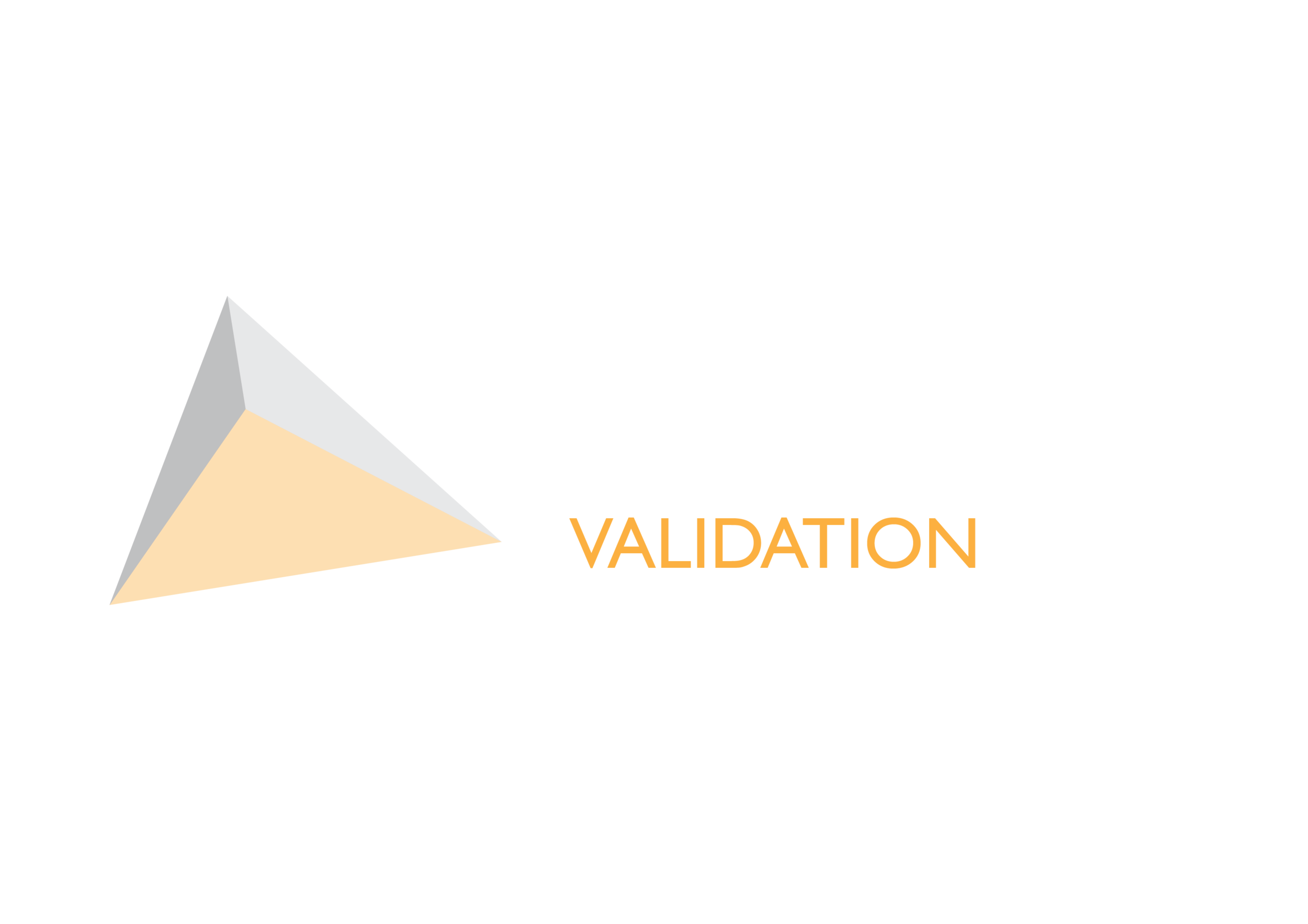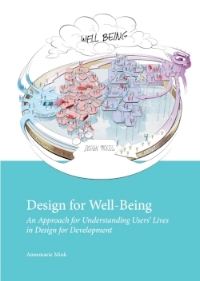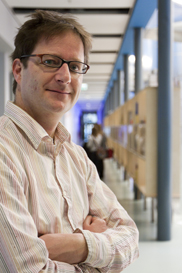An approach for understanding the lives of users in a different culture, specifically for design projects in developing regions
what is capability driven design
The Capability Driven Design (CDD) approach is created to guide product design teams to efficiently and comprehensively explore the user context in what is called ‘Design for Development’ projects. By using the approach, the design team is supported to develop more appropriate products and services and to make deliberate design decisions throughout the process. Moreover, the obtained insights provide a source of inspiration.
The Capability Driven Design Approach provides conversation topics and questions to help in comprehensively getting to know potential users and their context in a limited amount of time. It includes a step-by-step approach, several methods, techniques and tools in order to rigorously obtain comprehensive insight. Prerequisites and guidelines for conducting fieldwork are also provided.
why use capability driven design?
It is important to understand potential users and their context to be able to create products and services that will be accepted and adopted, and which support the potential users in the things they want to be and do. Although significant efforts have been made, there are many examples of products specifically designed for development that failed in their purpose (see the figures below), such as mosquito nets being used as fishing nets (Duflo 2010) or as goal post nets, toilets which are being used as a kitchen or to store cow-dung cakes or agricultural products (Gupta 2011), and playpumps which have been abandoned, due to its complex design requiring expensive and / or unavailable parts, its dependency on children’s’ play, and safety issues (Nhlema 2015; Borland 2011; Unicef 2007).
A mosquito net being used as a goal post net in Zambia (Photo by Moisés Mwape, AP 2014)
Toilet building used for storing cow dung cakes in India (Photo by Shantanu Gupta 2011)
Abandoned playpumps in Malawi (Photo by Mhruti Nhlema 2015)
Therefore, CDD offers an efficient, rigorous approach in order to help designers to obtain comprehensive user insights. These insights can be used to inspire designers to develop products and services, together with end-users, that anticipate most unintended consequences, truly contribute to people’s valued beings and doings, and improve their well-being.

























